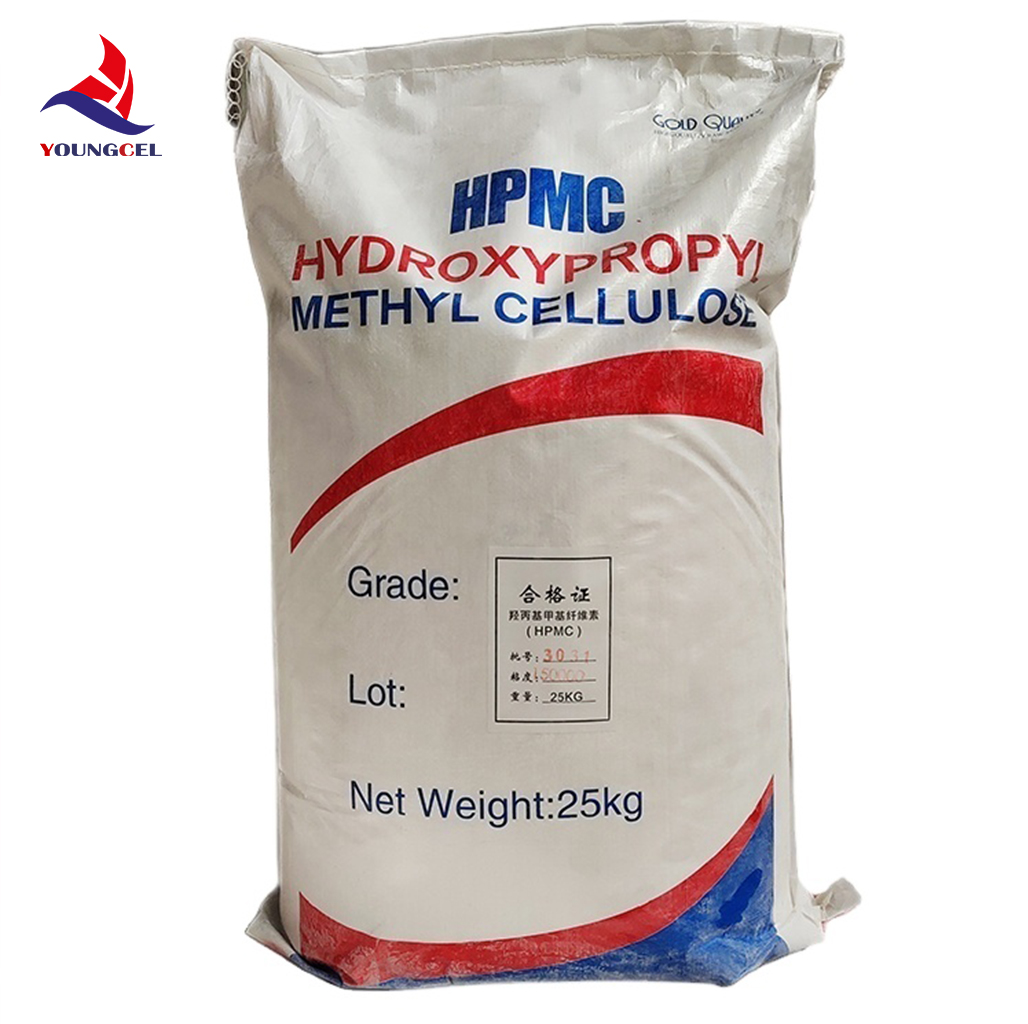HPMC for Cement Enhancing Performance and Sustainability in Construction
Hydroxypropyl methylcellulose (HPMC) is a versatile and widely used chemical additive in the construction industry, particularly in cement-based materials. As the demand for high-performance building materials grows, HPMC has emerged as a key component that enhances the properties of cement mixtures, ensuring better performance, sustainability, and overall efficiency in construction applications.
HPMC for Cement Enhancing Performance and Sustainability in Construction
In addition to improving workability, HPMC also plays a significant role in water retention within cement mixtures. High water retention is essential for ensuring proper hydration of the cement, which ultimately leads to stronger and more durable structures. By retaining moisture, HPMC helps to control the setting time, allowing builders to work at a more relaxed pace without compromising the integrity of the material. Moreover, this property reduces the likelihood of shrinkage cracks, which can significantly impact the longevity and durability of a structure.
hpmc for cement

HPMC also enhances the adhesion properties of cement-based products, which is crucial for applications such as tile adhesives and renderings. Improved adhesion ensures that materials bond more effectively to surfaces, reducing the risk of delamination or failure over time. This property is particularly beneficial in exterior applications, where exposure to environmental factors can challenge the durability of the materials.
Sustainability is a growing concern in the construction industry, and HPMC contributes to this trend by enabling the formulation of eco-friendly cement products. By improving the efficiency of cement mixtures, HPMC allows for the reduction of the amount of cement needed for a project. Cement production is known to contribute significantly to carbon emissions, so utilizing HPMC to optimize formulations can lead to a lower environmental impact. Additionally, HPMC is often derived from renewable resources, making it a more sustainable choice for construction applications.
Another important aspect of HPMC in cement is its role in reducing the exothermic heat of hydration. When cement reacts with water, it releases heat, which can lead to thermal cracking in large pours. The inclusion of HPMC helps to moderate this heat release, allowing for safer curing in massive structures.
In conclusion, HPMC is a valuable additive in the formulation of cement-based materials, offering numerous benefits that enhance performance and promote sustainability in the construction industry. Its ability to improve workability, water retention, and adhesion while contributing to reduced carbon emissions makes it an essential component in modern construction practices. As the industry continues to evolve towards more sustainable methods, HPMC will undoubtedly play a crucial role in shaping the future of cement and building materials, making construction safer, more efficient, and environmentally friendly.
-
Premium Detergent Grade HPMC Hydroxypropyl Methylcellulose: Superior Thickening & StabilityNewsAug.31,2025
-
HEC 100000 Hydroxyethylcellulose for Paint | Superior ThickeningNewsAug.30,2025
-
Wall Putty Rdp Powder Packaging DesignNewsAug.29,2025
-
Introduction to Hpmc Hydroxypropyl Methyl CellulosNewsAug.29,2025
-
Hpmc Industri Grade IntegrationNewsAug.29,2025
-
How to Choose the Right Construction AdhesiveNewsAug.29,2025




